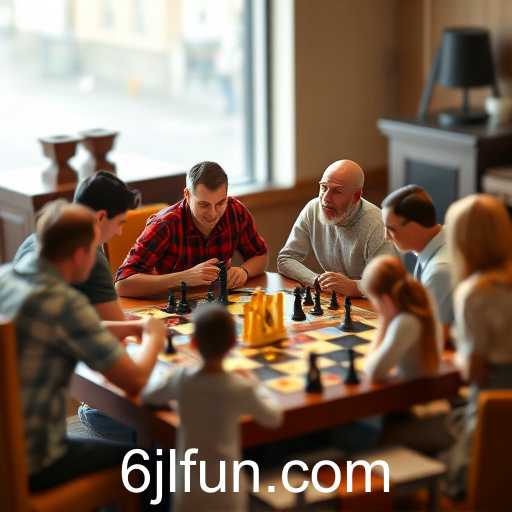Exploring the dynamics and impacts of English gaming websites in 2025.
The digital landscape of gaming has undergone transformative changes over the past few years, and 2025 marks a pivotal moment in this evolution. Among the leading platforms shaping this new era is 'jlfun', an innovative English game website that has garnered a massive following.
As we navigate through 2025, 'jlfun' has established itself not only as a source of entertainment but also as a vibrant community hub. The website's influence extends beyond gaming, as it fosters a sense of belonging and interaction among players worldwide. This rise of online gaming communities highlights a broader trend of digital social interaction, supporting the notion that gaming has become a significant social space.
Current events reveal a competitive market where websites like 'jlfun' are racing to enhance user experience and community engagement. These platforms are no longer just about playing games; they are about creating dynamic ecosystems where gamers can connect, share experiences, and even influence game development.
Industry reports from recent months show that gaming websites integrating social features see greater user retention and growth. 'jlfun', with its focus on community building, has managed to create an inclusive environment that appeals to a diverse audience.
The ongoing COVID-19 pandemic has accelerated online interactions, pushing websites like 'jlfun' to become central to many people’s social lives. The changes observed in the industry demonstrate not only technological advancements but also a shift in cultural dynamics as gaming communities become integral to personal and social identity.
As we look toward the future, the continued impact of gaming platforms in 2025 is undeniable. The trends seen with 'jlfun' exemplify the blending of gaming with social media, creating multifaceted digital spaces that cater to a wide range of interests beyond mere gameplay. These platforms are growing into comprehensive social arenas, making them critical to understanding the trajectory of digital interaction.

